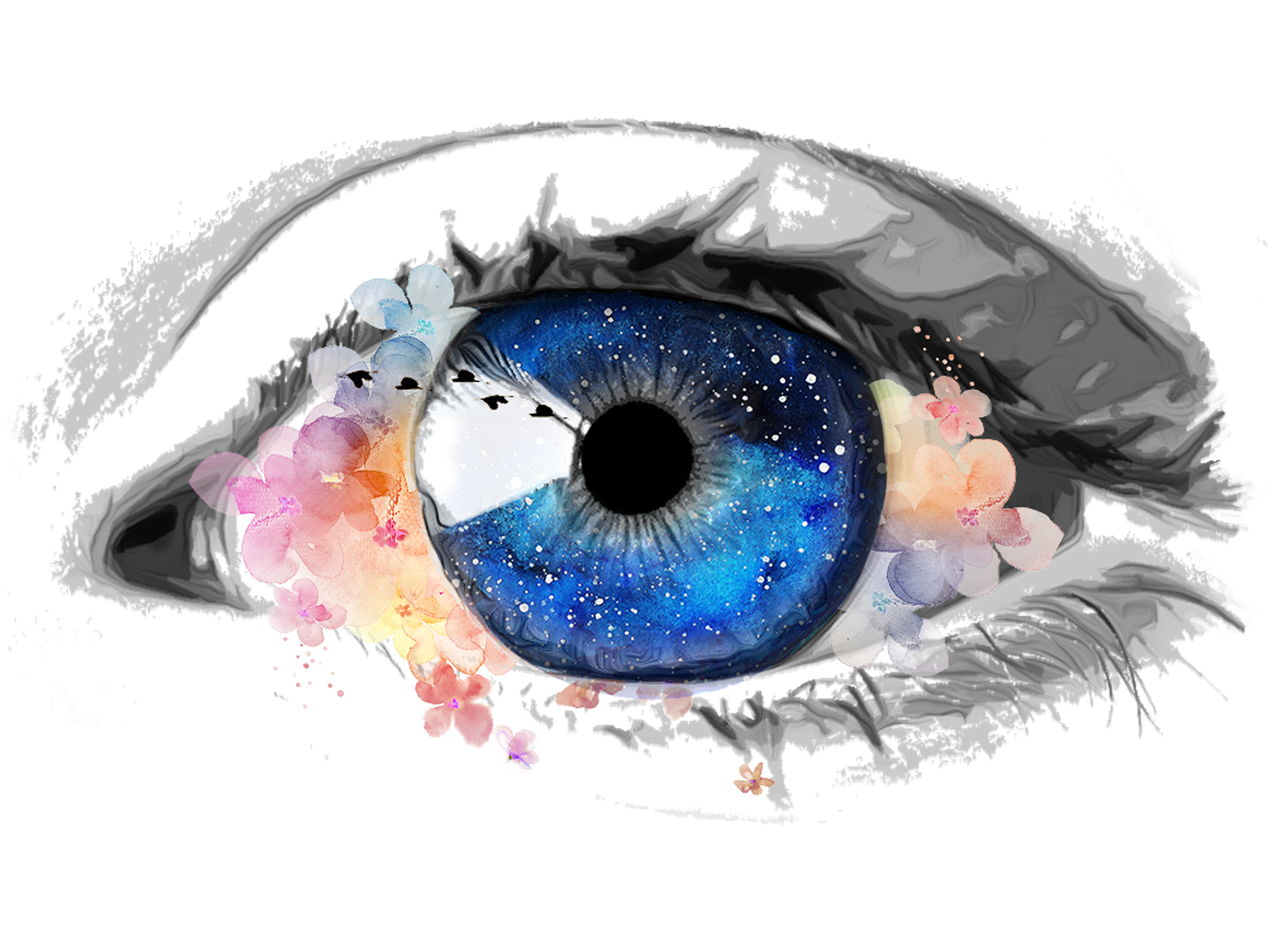
Glaucoma
Glaucoma is death of the optic nerve, typically slow and typically related to high eye pressure. It usually affects peripheral vision before central vision, so many people are not aware they have it until it has progressed to advanced stages. Glaucoma damage is permanent and irreversible. We don’t understand exactly why glaucoma happens, but we do know that it tends to run in families and that people do better if we keep the eye pressure low.
Eye pressure varies with time of day, and there is no direct correlation with blood pressure. Normal eye pressure is less than 21 mm Hg. Ocular hypertension means your eye pressure is consistently over 21 mm Hg. Many people with eye pressure of 21-29 mm Hg are perfectly fine and never develop any glaucoma or eye problems. However, these people are at higher risk for glaucoma and should be routinely monitored by an eyecare professional. If eye pressure exceeds 30 mm Hg, patients are typically treated to prevent glaucoma damage.
There are two broad types of glaucoma: open angle and narrow (or closed) angle. Open angle glaucoma is much more common. However, a significant proportion of Asians have narrow angle glaucoma. The ‘angle’ refers to the area of the eye that is responsible for draining fluid from within the eye, thereby lowering the eye pressure. This has nothing to do with tears, which are outside or on the surface of the eyeball. The degree of openness of the angle is established at birth. Various disease processes can cause the angle to become closed over time. One such example is neovascular glaucoma, which can happen to people with advanced stages of diabetic eye disease. Another special type of glaucoma is normal tension glaucoma, in which patients don’t exhibit high eye pressure, but still sustain optic nerve damage and loss of vision. This is more frequently found in people who suffer from migraines or untreated obstructive sleep apnea.
Whatever the type of glaucoma, the goal of treatment is to lower the eye pressure to increase the chances that the disease does not progress, as glaucoma damage is not reversible. Methods of lowering eye pressure include eye drops, laser, and surgery.
